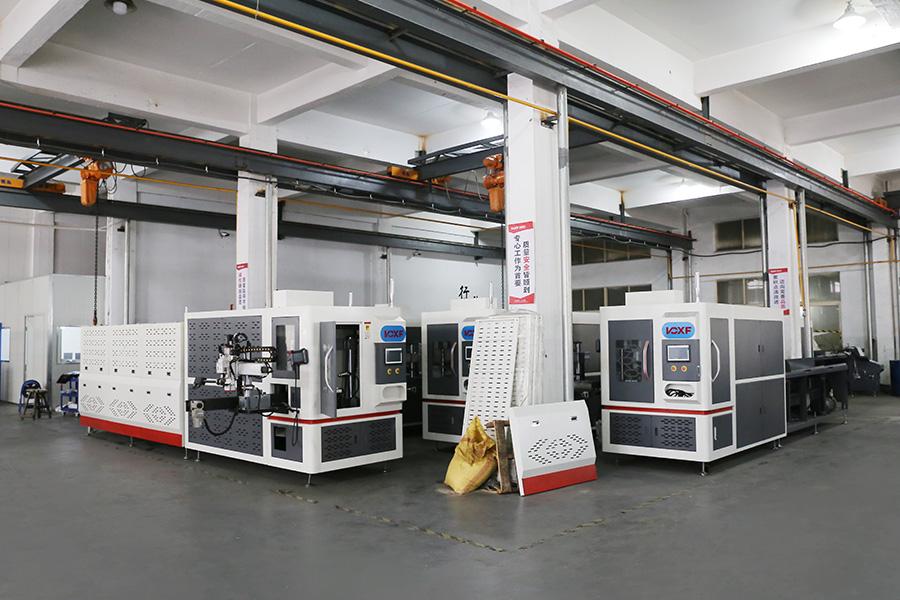Forging heating furnaces are used in various industrial applications to heat metals to the required temperature before they undergo forging. The type of furnace selected depends on factors like the size of the metal workpiece, the heating method preferred, and the energy efficiency requirements. There are several types of forging heating furnaces, each offering unique advantages in terms of heating speed, precision, and energy consumption.
One common type of furnace is the electric forging heating furnace. These furnaces use electrical resistance to generate heat and are ideal for smaller or more precise forging operations. Electric furnaces are known for their ability to control temperature with great accuracy, which is particularly beneficial when working with high-strength materials or metals that require careful heating. These furnaces can be equipped with advanced temperature control systems to ensure a uniform heat distribution and to prevent overheating of the metal.
Another widely used furnace is the gas-fired forging heating furnace. Gas-fired furnaces are often employed in large-scale production environments due to their cost-effectiveness and relatively simple design. These furnaces typically use natural gas or propane to generate heat, and they can be adjusted to handle a wide range of temperatures. The gas burners heat the metal through direct flame contact, and many modern gas-fired furnaces are equipped with automatic controls to monitor and regulate the temperature. While gas-fired furnaces may not offer the same level of precision as electric ones, they are generally more suitable for continuous production runs of similar workpieces.
The induction forging heating furnace is another popular option for many metalworking applications. This type of furnace uses electromagnetic induction to heat the metal directly, resulting in faster heating times and reduced energy consumption compared to traditional methods. Induction heating furnaces are especially useful for smaller parts and applications that require high levels of precision. The heating process in induction furnaces is highly localized, which ensures that the metal heats evenly without affecting the surrounding area. This makes induction furnaces ideal for applications where uniform heating and minimal oxidation are important.
Each type of forging heating furnace offers distinct advantages, and the choice of furnace depends on several factors, including the scale of production, energy efficiency needs, and the specific requirements of the metal being forged. For manufacturers, selecting the right type of furnace can significantly improve production efficiency, reduce costs, and enhance the overall quality of the forged products.
In conclusion, forging heating furnaces play a critical role in ensuring that metals are heated to the correct temperature for forging. Whether it is an electric, gas-fired, or induction furnace, each type offers unique benefits that cater to different production needs. By understanding the differences between these furnaces, manufacturers can make informed decisions to optimize their forging processes.
